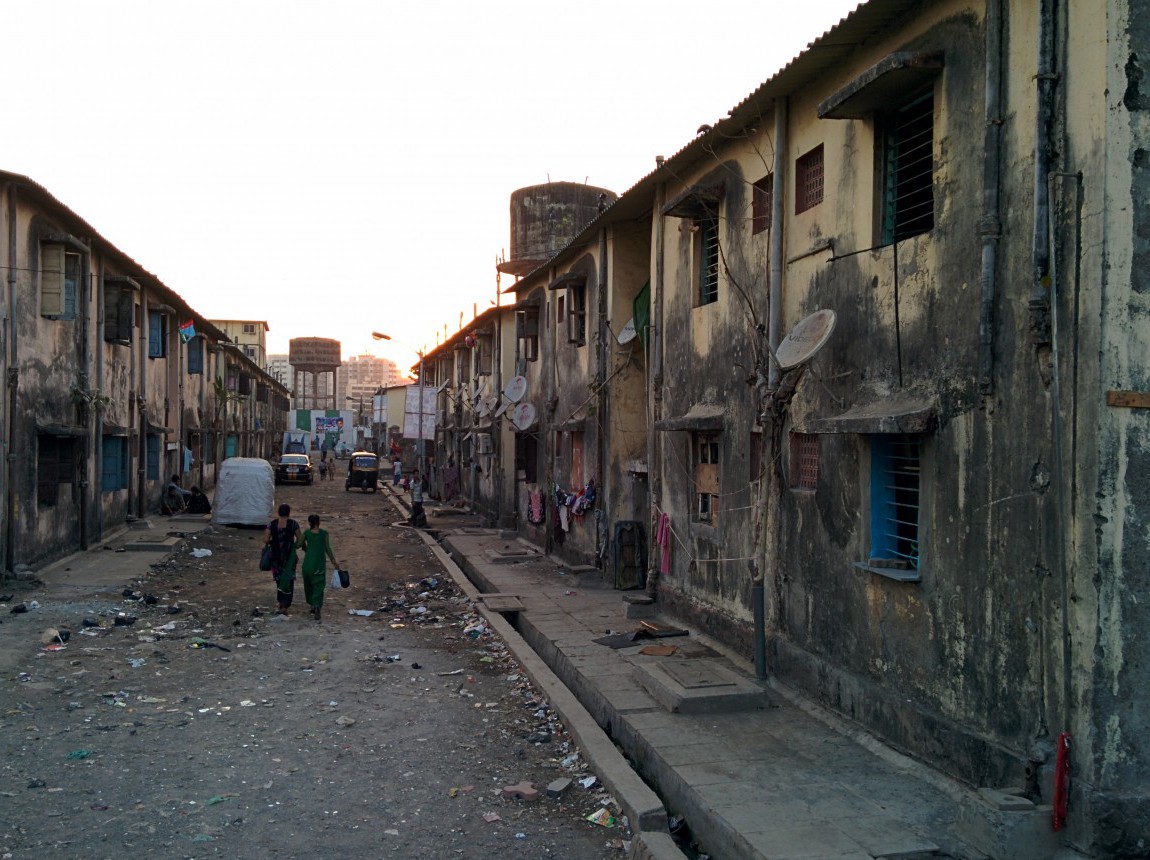Atlas of Urban Expansion: The 2015 Edition
+ Brandon Fuller
The Urbanization Project and the Marron Institute are working with UN-Habitat and the Lincoln Institute of Land Policy to monitor urban expansion in a global sample of cities. A recent post at the Lincoln Institute describes the effort, which will begin with an update to the Atlas of Urban Expansion scheduled for 2015:


